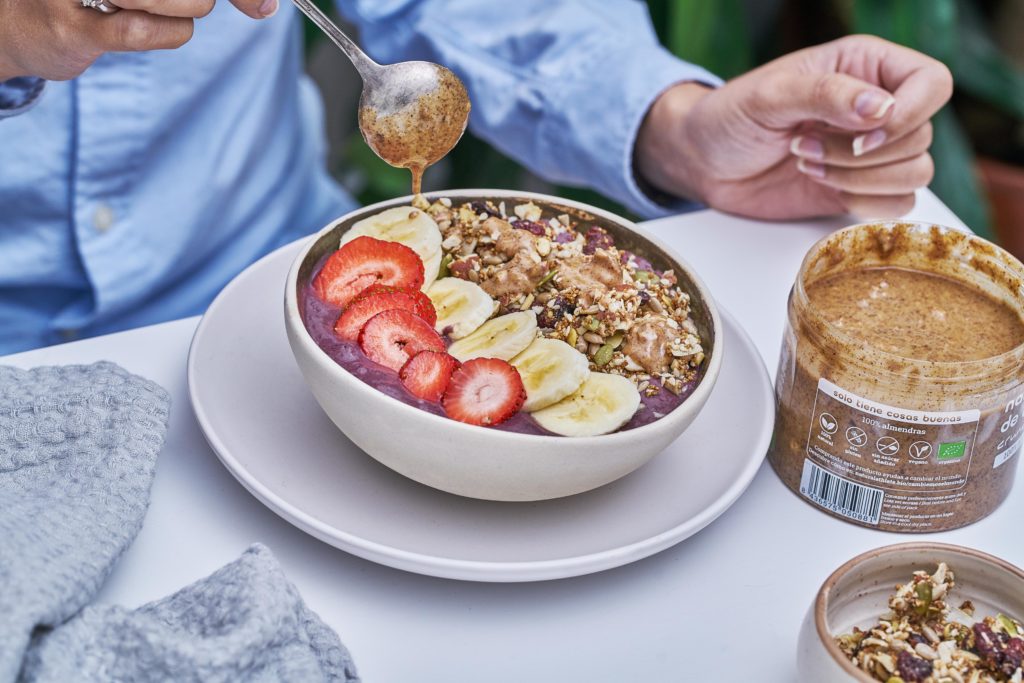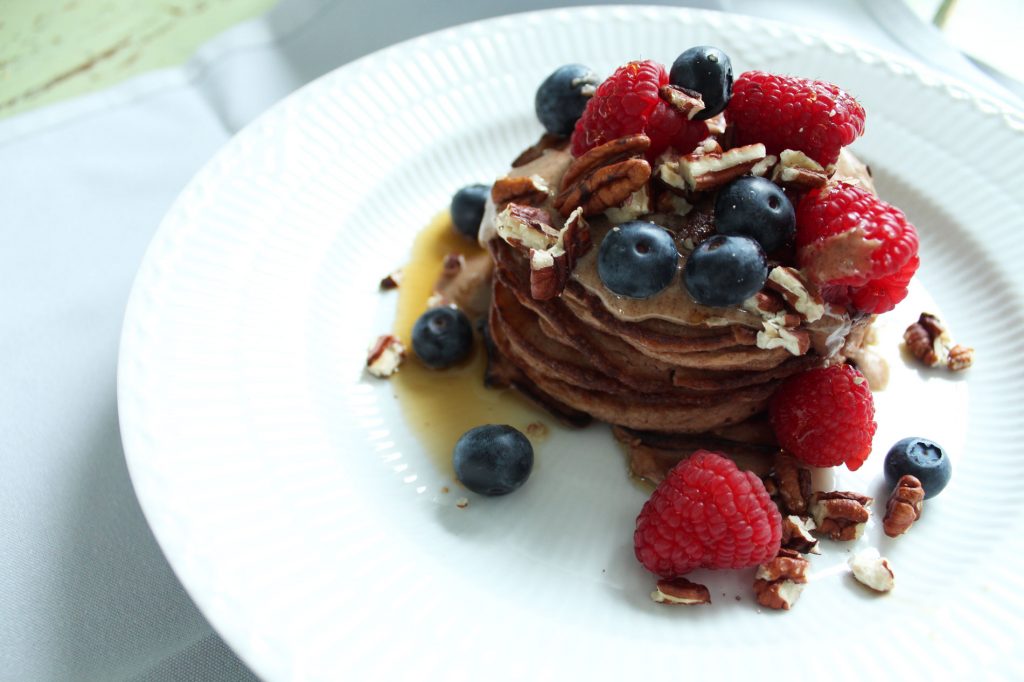Industrial pastries, snacks, fruit yogurts, tomato sauce, cookies, soft drinks, sliced bread, juices, chocolate, cereals … Not everyone is aware of the atrocity of sugar they consume in their day to day. A simple slice of bread is equal to two sugar cubes . And a glass of soda fits the same proportion of sugar cubes. The food industry has encouraged its use in most manufacturing processes, and it is practically impossible to escape from it in the products on supermarket shelves. However, there are alternatives to sweeten , and they go through learning to know what foods we eat and how we can prepare them ourselves in a simple way.
Hidden sugar in everyday foods
Sugar or sucrose is made up of equal parts by glucose and fructose. It has multiple derivatives such as the massively used high fructose corn syrup. Fructose is responsible for that sweet taste with which we associate sugar, a flavor that is not so present in glucose. Therefore, we do not identify as sugar consumption the intake of foods such as tomato sauce, sliced bread, rice or pasta. In our pantries, we have products loaded with sugar without us even noticing. They are mainly those with a higher carbohydrate content.
Sugar consumption is so normalized that we are not even aware of its presence in our kitchens. convenience foods, soft drinks, snacks such as potato chip bags, cookies or pastries are the main enemies of a healthy diet. Fructose causes a rapid acceleration of the aging of cells, and an accumulation in the form of liver fat with an increased probability of diabetes. It does not even give energy, nor does it provide any nutrients. Fructose is totally unnecessary.
This high sugar intake in the diet is closely linked to obesity. And as society sticks to a faster, less thought-out, and cheaper diet, obesity increases among the population. Some recent studies such as the one carried out by the Hospital del Mar d’Investigations Mèdiques Institute point to a massive increase in obesity and overweight between now and 2030. And data from the OECD or the National Institute of Statistics They place the current percentage of the obese adult population in Spain at 17%. That percentage rises to 20 percent in the case of children: a figure that is not surprising if we stop to think about the amount of sweets and fast foods that many of them consume.
The alternatives: natural sweeteners

The consumption of sugar can promote the development of cardiovascular diseases, Alzheimer’s or cancer. The need to reduce your intake is synonymous with a long-term guarantee for our health, but how to do it? It is clear that you cannot give up sweetening certain foods, or eating those sweets that we love. Therefore, it is useful to discover the natural alternatives to the white sugar that we usually have at home, or that used by the food industry.
- Whole fruit: the best natural sweetener there is is that of the fruit itself. Bananas, mangoes, pears, or peaches can be a great option. The problem is that they cannot always be used in this way. It is best to use them in pastries or smoothies. A good try is banana and egg pancakes, or banana and oatmeal. Also to make compotes or sauces that accompany good meat. Super sweet and without a gram of sugar!
- Raw honey: without alterations, with all its vitamins and minerals. It does not contain additives, and it is also antioxidant and antibacterial. It has a powerful sweetening power since its glycemic index is high. It is perfect to give a sweet touch to coffee or natural yogurt.
- Maple syrup: Have you still not discovered the flavor of maple syrup on top of some crepes or pancakes? It’s delicious. It is also used to add flavor nuances to craft beers, spirits, wine, or coffee. It can be added to sauces like mustard, or in jams. It is one of the most versatile options.
- Stevia : Natural stevia has a low glycemic index so it is a good choice if you are trying to control your weight or for people with diabetes. It is the best option to sweeten beverages, so it can perfectly replace the sugar found in commercial soft drinks. If used at home, you have to control the amounts as it has a somewhat bitter taste.
- Panela: from brown sugar, it can be used in liquid or powdered form, and exceeds in intensity the taste of sugar that we usually consume. Its most widespread use is in pastries, but it is also suitable for fruit smoothies, coffee or tea.
- Coconut sugar: unlike panela, its flavor and glycemic index is much lower. It is one of the best options to give a softer, less cloying sweetness. In addition, it contains minerals and vitamins of group B.
These are the best alternatives to sugar that nature offers us. And, before reading further, you can watch this video to discover which of these sweeteners make up our Top 3 😉
We challenge you: a day without sugar
We know that it is not easy to change habits from one day to the next, but if you try you will discover that it is not that complicated. It is about learning to buy those most natural products, those that the industry has not flooded with sugar in its production process. And to learn to draw more and more on our culinary talents to avoid less healthy commercial products.
- Breakfast or desserts: Eliminate industrial cereals, pastries, muffins or muffins that you can find in the supermarket. Oatmeal or fruit and nut granola are perfect to have with milk or yogurt, and you can add natural fruit and a touch of maple syrup. Muffins can also be made yourself without sugar, just like pancakes or waffles. And if you are more traditional, try some delicious oatmeal and banana cookies.

- Mid-morning or mid-afternoon snacks: forget about industrial chocolates or sweets. You can make a chocolate yourself at home, or try to acquire the one with a higher percentage of cocoa. It is also highly recommended to resort to organic energy bars to help you continue the day with strength, to an aperitif based on seeds or nuts. Don’t miss this list of healthy snacks!
- Drinks: Say goodbye to soft drinks and coffee that comes prepared with cream or chocolate. Fruit-based shakes or smoothies are delicious, filling and refreshing. Tea, both hot and cold, has many benefits. We encourage you to discover new products such as fermented tea or kombucha.
- Bread: bread is irreplaceable for many people at lunch or dinner time. A delicious homemade bread can be made with quinoa, almond or tapioca flour . When making it at home, add a touch of flavor to taste with Parmesan cheese, seeds, oregano, turmeric …
- 2
Pan Paleo-style with touches of Parmesan and seeds
- Meals with sweet touches: a food with a salty base, such as meat or fish, it does not have to be synonymous with giving up having a sweet taste. Nut creams are the ideal option as a side, or with a sauce made with fruits.
Have we conquered you with these alternatives to sugar? Don’t miss these super easy and healthy recipes:
Gluten-free berry muffins
Vanilla, banana and lemon oatmeal cookies
Crispy salmon with almond sauce
Foie on crunchy cauliflower and apricot compote
Sliced gluten-free bread
Paleo bread
Banana bread with hazelnut cream and superfoods
- 4
